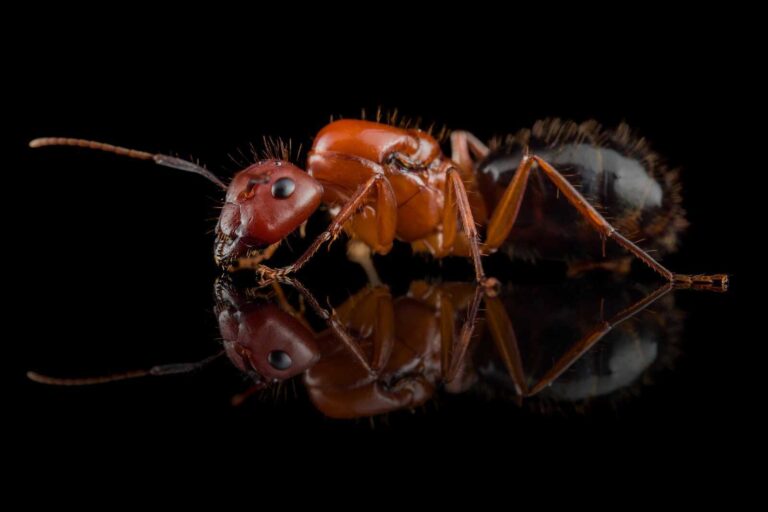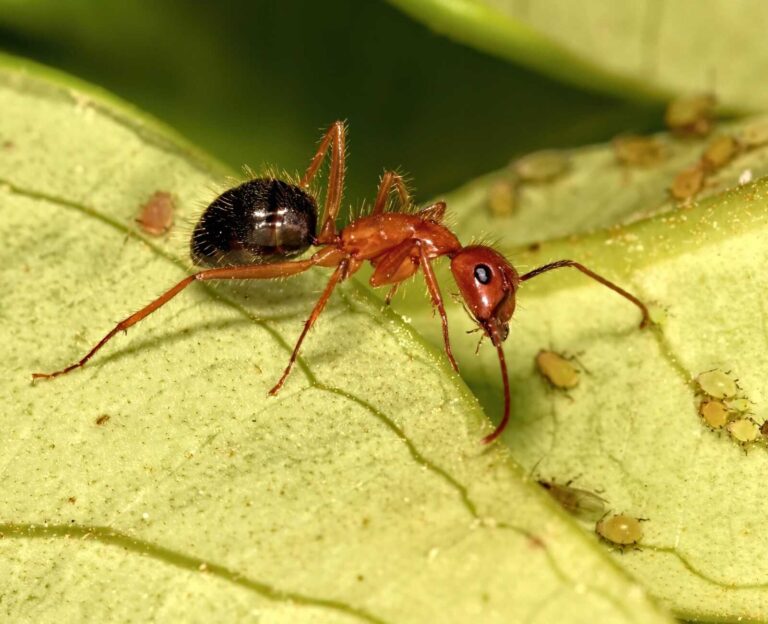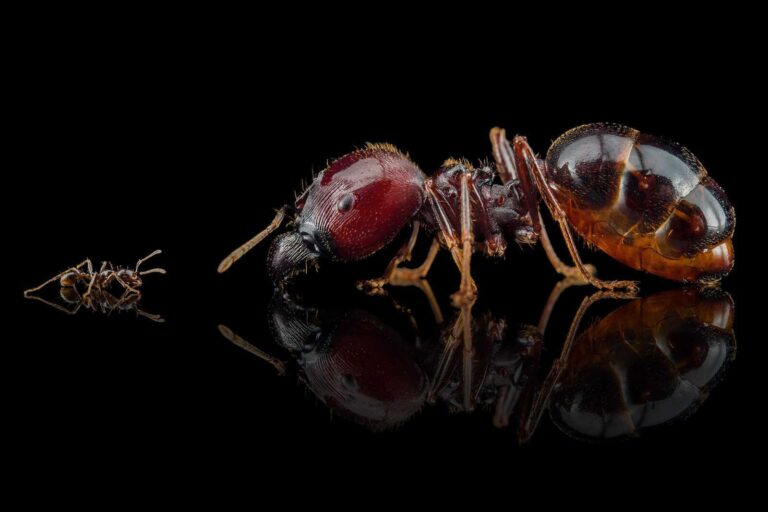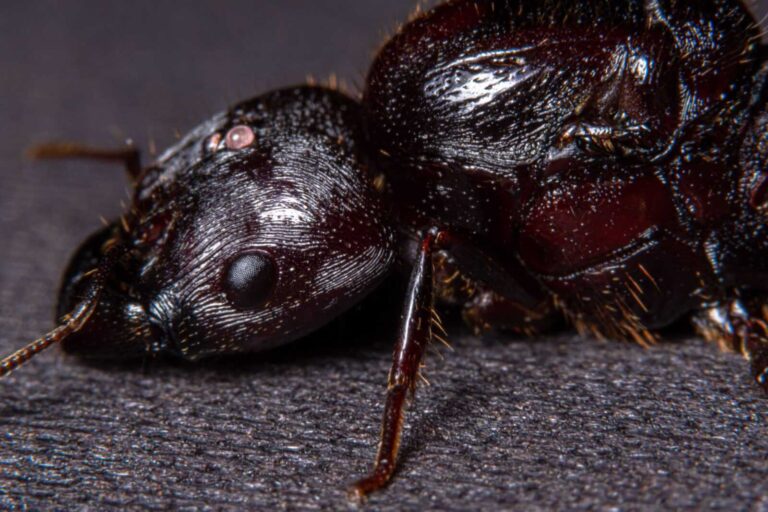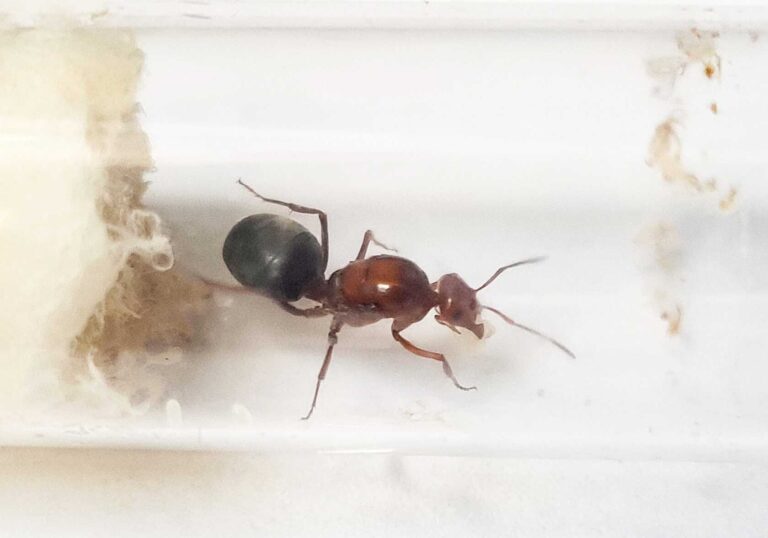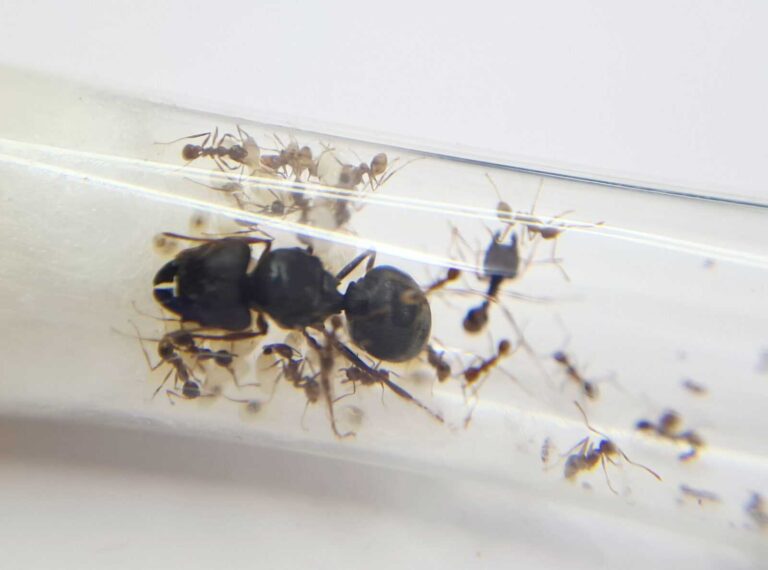Showing all 4 results
Ants – Live Ant Species, Queens, and Colonies for Sale
Product categories
Stock status
Filter by price
Behavior
Defficulty
Number of workers
- Queen 83
- Queen and 1-50 workers 2
- Queen and 1-3 workers 81
- Queen and 4-10 workers 81
- Queen and 11-20 workers 81
- Queen and 21-40 workers 81
- Queen and 41-60 workers 81
- Queen and 61-100 workers 63
- Queen and 51-100 workers 2
- Queen and 101-200 workers 16
- Queen and 201-500 workers 6
- Queen and 501-1000 workers 3
- 2 Queens 12
- 2 Queens and 1-50 workers 1
- 2 Queens and 1-3 workers 11
- 2 Queens and 4-10 workers 11
- 2 Queens and 11-20 workers 11
- 2 Queen and 21-40 workers 11
- 2 Queens and 41-60 workers 11
- 2 Queens and 61-100 workers 7
- 2 Queens and 101-200 workers 5
- 2 Queens and 51-100 workers 1
- 2 Queens and 201-500 workers 2
- 2 Queens and 501-1000 workers 1
- 3 Queens 8
- 3 Queens and 1-50 workers 1
- 3 Queens and 1-3 workers 7
- 3 Queens and 4-10 workers 7
- 3 Queens and 11-20 workers 7
- 3 Queens and 21-40 workers 7
- 3 Queens and 41-60 workers 7
- 3 Queens and 61-100 workers 4
- 3 Queens and 51-100 workers 1
- 3 Queens and 101-200 workers 2
- 3 Queens and 201-500 workers 2
- 3 Queens and 501-1000 workers 1
Origin
Filter by size
MicroMicro 2
SmallSmall 12
MediumMedium 45
LargeLarge 20
HugeHuge 2
Wintering
Camponotus floridanus
Camponotus floridanus is a monogynous ant species with a colony size ranging from 5,000 to 20,000 workers. They have a very fast development speed. The queen ant is 14-17 mm in size, while the workers range from 4-9 mm and majors are 11-13 mm. They have a distinct coloration with a reddish-orange head, bright orange mesosome and legs, and deep black punctuation. Their nutrition consists of food insects.
Carebara diversa
Carebara diversa is a polygynous ant species with colony sizes of up to 500,000 workers with one Queen. They have a medium development rate and vary in size, with queens measuring 18-24 mm, workers measuring 2-5mm, and majors measuring 4-20 mm. These ants are reddish brown to black in color and require a diet of food insects, syrup, fruits, vegetables, jelly, and cooked chicken.
Myrmecocystus mimicus
Myrmecocystus mimicus is a polygynous colony of ants with a medium development rate. The queen is 10-12mm in size, while the workers are 4-8mm. They have a red head and black body. They feed on food insects, fruits, vegetables, and seeds. The humidity in their arena should be 50-70% and in their nest 70-90%. The temperature should be regulated accordingly.
Pheidole sinica
389,90 zł – 559,00 złPrice range: 389,90 zł through 559,00 złPheidole sinica is a monogynous ant species with colony sizes of up to 10,000 workers. They have a fast development speed. The queen is 14-17mm in size, while workers range from 3.5-5mm and majors measure 7-9mm. They have a reddish brown color with a dark back, while the queen is darker. Their nutrition consists of food insects, syrup, fruit, vegetables, jelly, and cooked chic.
What Are Live Ants for Ant Farms
Live ants are the heart of any ant farm - they bring your formicarium to life, displaying fascinating behaviors, teamwork, and colony growth. Choosing the right species is essential for a healthy and thriving colony.
We offer a variety of ant species, from beginner-friendly options to more advanced species with specific care needs. All ants are shipped according to regulations and arrive safely in secure containers.
How To Choose the Right Ant Species
- Experience level: beginners often start with hardy species that adapt to a range of conditions.
- Climate compatibility: choose species that thrive in your local temperature and humidity range.
- Colony behavior: some ants are more active and aggressive, while others are calm and slow-growing.
- Nesting needs: match the species' humidity and space requirements to your formicarium type.
Tip: research the species’ diet, temperature tolerance, and growth speed before purchase.
Ant Care Tips
- Provide fresh food - a mix of protein sources and carbohydrates.
- Ensure constant access to clean water via test tubes or reservoirs.
- Maintain proper humidity and temperature based on species needs.
- Avoid overcrowding - upgrade the nest as the colony grows.
- Keep the outworld clean to prevent mold and pests.
Frequently Asked Questions About Ants
Do you ship ants with formicaria?
No - ants and formicaria are shipped separately due to legal regulations and to ensure you can choose the species best suited to your conditions and experience level.
Which ant species is best for beginners?
Hardy, slow-growing species that tolerate a wide range of conditions are best for beginners. They are easier to care for and less sensitive to small mistakes in feeding or humidity control.
How are live ants shipped safely?
Ants are packed in secure test tubes or containers with moisture and food for the journey. Shipments follow regulations to ensure both safety and the ants' well-being.
Can I mix different ant species in one formicarium?
No - mixing species leads to fights, stress, and often the death of one colony. Each formicarium should house only one species.
How long can ants stay in shipping containers?
Most species can safely stay in their shipping tubes for several days, but it is best to transfer them to a prepared formicarium as soon as possible.
Do I need a queen to start a colony?
Yes - a queen is necessary for a growing, self-sustaining colony. Without a queen, worker ants will eventually die out.


